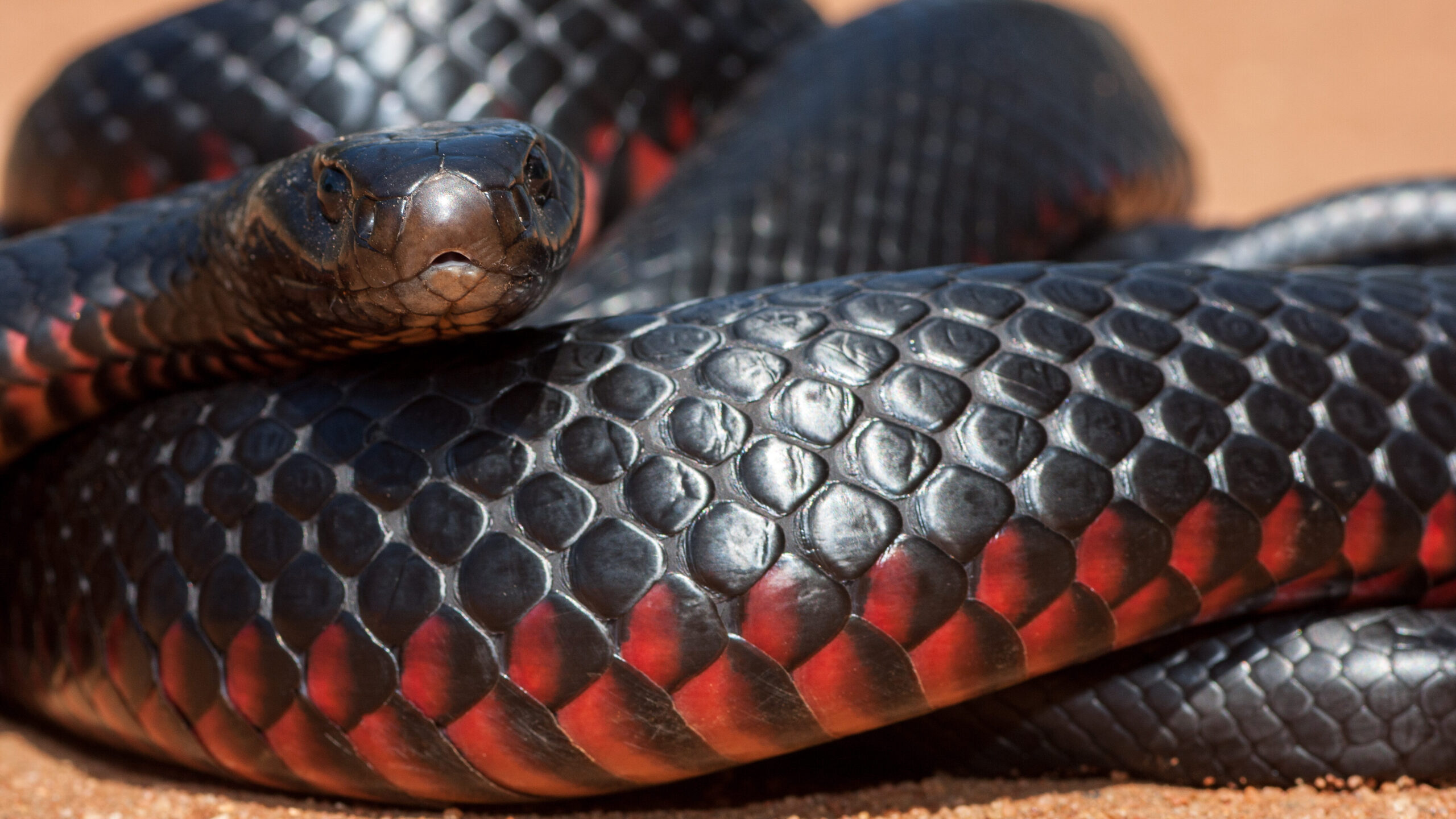Introduction
Tiger serpents (Notechis scutatus) are among the most remarkable yet feared reptiles located in Australia. With their striking appearance and potent poison, these serpents evoke a mix of wonder and caution. Observing tiger serpents in their natural surroundings can be an exciting experience for nature fanatics, wild animals digital photographers, and researchers alike. Nonetheless, it's vital to approach this venture with regard for the pet's habitat and an understanding of safety measures to stop snake bites.
In this comprehensive guide, we'll check out exactly how to safely observe tiger serpents in their natural environment. We will cover subjects ranging from comprehending their behavior and environments to first aid for serpent bites-- equipping you with knowledge to boost your experience while lessening risks.

What is a Tiger Snake?
Tiger snakes are very poisonous serpents belonging to Australia, specifically Tasmania and coastal areas. They are recognized for their unique grouped pigmentation appearing like a tiger's stripes, which can vary from yellowish-brown to dark brown and even black.
Physical Characteristics
Tiger snakes are medium to large-sized serpents that can mature to 2 meters long. Their bodies are durable, and they have a wide head that is clearly bigger than their necks.
Habitat Preferences of Tiger Snakes
first aid for snake bitesThese reptiles normally live in wetlands, estuaries, and coastal areas but can likewise be discovered near freshwater resources like rivers and lakes. Comprehending where these serpents live is important for any individual wanting to observe them safely.
Understanding Tiger Snake Behavior
Are Tiger Snakes Venomous?
Yes, tiger serpents are among the most poisonous snake types internationally. Their poison includes neurotoxins that can lead to severe clinical problems if bitten.
Behavioral Traits
Tiger snakes are generally reluctant animals; they favor to stay clear of human interaction. However, they can come to be hostile if intimidated or caught.
Where Can You Locate Tiger Snakes?
Tiger Snake Environment Exploration
To safely observe tiger snakes in their all-natural habitat, it's necessary first to determine where they prosper. They have a tendency to favor:
- Coastal marshlands Mangroves Swamps Riverbanks
Best Locations for Observation
Some recommended places consist of:
- Tasmanian wetlands The coastlines of southerly Australia National parks with water bodies
Safety Precautions Prior to Observing Tiger Snakes
Understanding the Dangers of a Tiger Serpent Bite
Although experiences with tiger serpents can be exhilarating, recognizing the dangers entailed is paramount:
Recognize signs and symptoms of a snake bite: swelling at the website, pain radiating from the bite area. Know emergency situation calls: Familiarize yourself with local emergency situation services. Carry a first-aid set particularly outfitted for snake bites.First Aid for Snake Bites: What You Required to Know
Knowing what actions to take if bitten could save your life or another person's:

- Stay tranquility; movement boosts poison spread. Call for clinical help immediately. Do not apply ice or effort suctioning.
How to Safely Observe Tiger Snakes in Their All-natural Habitat
When you determine to observe tiger snakes in the wild:
Dress Appropriately: Put on lengthy pants and strong boots. Use Binoculars: Keep a safe range while observing these reptiles. Avoid Abrupt Movements: Quick movements might alarm them. Stay on Established Trails: Prevent roaming right into dense underbrush where visibility is low.Equipment Required for Observation
Essential Equipment Checklist
- Binoculars First-aid package specifically designed for snake bites Field manual on Australian reptiles Camera (with zoom ability)
Snake Bite Emergency treatment Package Essentials
A well-equipped first aid kit need to consist of:|Product|Objective|| -------------------------------|-------------------------------|| Compression plaster|To debilitate the damaged area|| Antihistamines|For allergies|| Emergency situation contact numbers|Quick gain access to during emergency situations|
Interpreting Tiger Serpent Signals
Understanding exactly how tiger snakes communicate via body movement aids observers evaluate when it's secure or dangerous:
Common Behaviors
Defensive posture: If coiled or elevated off the ground. Retreating habits: When they gradually back away from potential threats.Dealing With Possible Encounters
Even with preventative measures taken, an encounter may still occur throughout your observation journey:
Remain calm; worrying only increases risks. Slowly pull back without turning your back on the snake. Make your existence understood vocally yet stay clear of abrupt movements.Frequently Asked Inquiries Regarding Tiger Snakes
1. What must I do if I see a tiger snake?
Remain calmness; observe from a range without disturbing it.
2. Are child tiger snakes dangerous?
Yes, juvenile tiger snakes are birthed Safety and Prevention venomous and might posture dangers similar to adults regardless of being smaller.
3. Exactly how common are tiger serpent bites?
While occurrences take place annually in Australia, deaths are rare due to prompt treatment availability.
4. Can I maintain a tiger snake as a pet?
Keeping wild tiger snakes as family pets is illegal in many areas because of preservation laws.

5. What does a tiger snake attack appearance like?
Bite marks usually reveal two puncture wounds in addition to localized swelling and discoloration.
6. How efficient is antivenom?
Antivenom treatment is very effective when carried out timely after a bite.
Conclusion
Observing Great site tiger serpents in their natural environment offers an exciting chance for wildlife lovers but need to be come close to with caution and respect for both the creature and its atmosphere. By equipping on your own with expertise regarding these interesting reptiles-- including comprehending their behaviors and safety measures-- you can take pleasure in remarkable experiences while significantly minimizing threats associated with encounters.
In summary, always prioritize safety by preparing adequately prior to starting any wildlife observation expedition-- especially when dealing with some of nature's most venomous creatures like the tiger snake!